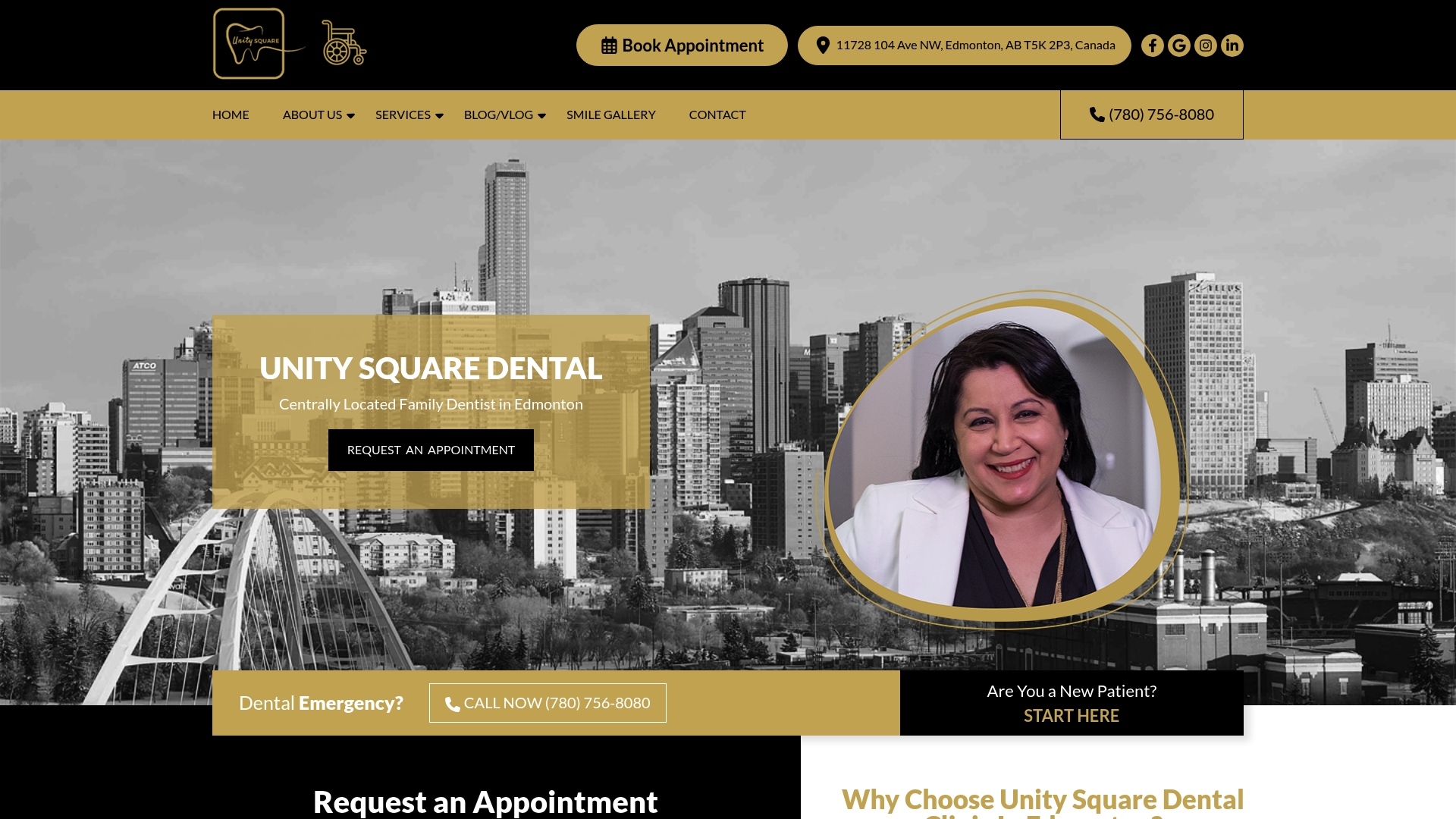
Braces can transform your smile, but nearly 50 percent of orthodontic patients report struggling with daily care routines. Without the right approach, even simple tasks can lead to irritated gums or stubborn plaque. Learning the key steps for cleaning, protecting, and maintaining your braces makes the journey smoother and helps you avoid common problems. Read on to discover practical ways to keep your teeth healthy and your braces in great shape from day one.
Table of Contents
- Step 1: Prepare Your Oral Hygiene Tools For Braces
- Step 2: Clean Your Braces And Teeth Effectively Every Day
- Step 3: Avoid Foods And Habits That Can Damage Braces
- Step 4: Manage Discomfort And Address Minor Issues Safely
- Step 5: Verify Oral Health And Schedule Regular Dental Visits
Quick Summary
| Key Point | Explanation |
|---|---|
| 1. Use specialized oral hygiene tools | Equip yourself with a soft bristle toothbrush, interdental brushes, dental floss with threaders, and a water flosser to clean around braces effectively. |
| 2. Brush teeth after every meal | Aim to brush at least three times daily using a soft toothbrush in small circular motions to eliminate food particles and plaque. |
| 3. Avoid hard and sticky foods | Steer clear of hard foods like whole apples and sticky candies that can damage braces or get trapped in them, prolonging treatment. |
| 4. Manage discomfort with orthodontic wax | Use orthodontic wax for irritation and over-the-counter pain relievers for discomfort following adjustments; contact your orthodontist if issues persist. |
| 5. Schedule regular dental visits | Regular checkups every four to six weeks are crucial for monitoring braces, ensuring they function properly, and addressing any concerns early. |
Step 1: Prepare your oral hygiene tools for braces
Preparing the right oral hygiene tools is crucial for maintaining healthy teeth and gums while wearing braces. According to DailyToothCare, you will need several specialized tools to effectively clean around brackets and wires.
Your essential braces cleaning toolkit should include a soft bristled toothbrush specifically designed for orthodontic patients, interdental brushes for cleaning around brackets, dental floss with floss threaders to navigate underneath wires, and a water flosser to remove stubborn food particles. Colgate recommends using a soft round bristle toothbrush and cleaning after every meal or snack to prevent plaque buildup.
Additional recommended items include orthodontic wax to manage potential irritation from brackets and an antimicrobial mouthwash to help prevent bacterial growth. Pro tip: Consider purchasing a travel sized version of these tools so you can maintain your oral hygiene routine even when youre away from home. Your braces maintenance starts with having the right equipment ready to keep your smile clean and healthy.
Ready to learn how to use these tools effectively? Lets move on to the next step in your braces care journey.
Step 2: Clean your braces and teeth effectively every day
Cleaning braces requires a strategic and thorough approach to maintain optimal oral health. According to Tots to Teens Pediatric Dentistry, you should aim to brush your teeth at least three times daily, ideally after every meal, using a soft bristled toothbrush and fluoride toothpaste.
The Queen Victoria Hospital NHS Foundation Trust recommends a specific brushing technique for patients with braces. QVH suggests using small circular movements with your toothbrush and ensuring you clean above, on, and below the braces. Make sure to brush each tooth surface meticulously and pay special attention to the areas around brackets where food particles can easily get trapped.
When flossing with braces, use specialized tools like floss threaders or water flossers to navigate around wires and brackets. Pro tip: Always floss before brushing to loosen trapped food particles and make your brushing more effective. Rinse thoroughly with an antimicrobial mouthwash to eliminate any remaining bacteria and keep your mouth fresh.

Ready to master your braces maintenance routine? The next step will help you refine your technique and ensure a sparkling clean smile.
Step 3: Avoid foods and habits that can damage braces
Colgate warns that protecting your braces requires strategic food choices and careful eating habits. Certain foods can wreak havoc on your orthodontic investment by potentially breaking brackets or getting stuck in challenging places, potentially extending your treatment time and causing unnecessary complications.
According to Queensland Health, you should avoid hard foods that can break or damage braces and never use your teeth to open bottles or packaging. Hard foods like whole apples, raw carrots, nuts, and tough meats can bend wires or pop off brackets. Instead, cut hard fruits and vegetables into small bite sized pieces and choose softer alternatives when possible.
Sticky and sugary foods are another major concern for braces wearers. Caramel, chewing gum, taffy, and hard candies can get trapped in brackets and increase your risk of tooth decay. Pro tip: When in doubt, ask yourself if the food could potentially damage your braces or get stuck in hard to clean areas. If the answer is yes, its best to skip it or modify how you consume it.
Ready to learn more about protecting your orthodontic investment? The next steps will help you maintain your braces and keep your smile on track.
Step 4: Manage discomfort and address minor issues safely
Managing braces discomfort requires patience and proactive care to ensure your orthodontic journey remains smooth and comfortable. Nationwide Children’s Hospital recommends maintaining rigorous oral hygiene as a key strategy for minimizing potential irritation and complications during your treatment.
When experiencing initial discomfort from braces adjustment or minor irritations, orthodontic wax becomes your best friend. Apply a small amount of wax over brackets or wires causing friction against your cheeks or gums to create a protective barrier. For temporary pain relief, over the counter pain medications like ibuprofen can help manage soreness after adjustments. If you notice a loose wire or bracket, avoid attempting to fix it yourself and contact your orthodontist promptly to prevent potential damage.
Pro tip: Keep a small orthodontic care kit with you that includes orthodontic wax, pain relievers, and a compact mirror for quick checks and potential emergency fixes. Monitoring your braces daily and addressing small issues immediately can prevent more significant problems down the line. Remember that some initial discomfort is normal as your mouth adjusts to the new hardware.
Ready to ensure your braces journey stays on track? The next steps will help you navigate potential challenges with confidence.
Step 5: Verify oral health and schedule regular dental visits
Maintaining optimal oral health during orthodontic treatment requires consistent professional oversight and proactive monitoring. Colgate emphasizes the critical importance of visiting dental professionals regularly to catch developing conditions early and receive personalized advice tailored to your specific orthodontic needs.
According to Queensland Health, scheduling routine dental checkups is essential to ensure your braces remain undamaged and functioning correctly. During these visits, your orthodontist will conduct comprehensive examinations to assess bracket integrity, wire alignment, and overall oral health. Aim to schedule professional cleanings and checkups every four to six weeks or as recommended by your specific treatment plan.
Pro tip: Maintain a detailed record of your dental visits and any observations about your braces between appointments. This documentation can help your orthodontist track your progress and quickly address any potential issues. Proactively communicating any discomfort or changes you notice will help ensure your orthodontic treatment stays on track and delivers the best possible results.
Ready to take the final steps in your braces care journey? The upcoming section will help you maintain confidence and comfort throughout your orthodontic experience.
Take Control of Your Braces Care with Unity Square Dental
Caring for braces can feel overwhelming with the need for specialized tools, diligent cleaning, and avoiding damage while managing discomfort. You want a confident smile without stress or setbacks. At Unity Square Dental you are not alone in this journey. Our Edmonton family clinic offers advanced orthodontic care designed to support every step of your braces maintenance. Whether you need expert advice on cleaning techniques, help managing soreness, or regular checkups to keep your braces and oral health on track, we provide personalized care tailored to your unique needs.

Start protecting your smile today by partnering with professionals who understand the challenges and goals described in “How to Care for Braces: Step-by-Step Guide for Healthy Smiles.” Visit us at Unity Square Dental to learn more about our comprehensive orthodontic services. Don’t wait until discomfort or damage slows your progress. Schedule your appointment now and experience the comfort of expert guidance, flexible scheduling, and a welcoming environment dedicated to your best smile.
![]() Your braces deserve care as precise and attentive as your goals.
Your braces deserve care as precise and attentive as your goals.
Frequently Asked Questions
How do I prepare my oral hygiene tools for braces?
To prepare your oral hygiene tools for braces, gather a soft-bristled toothbrush designed for orthodontic patients, interdental brushes, dental floss with floss threaders, and a water flosser. Make sure to include orthodontic wax and antimicrobial mouthwash to manage irritation and bacteria effectively.
How often should I clean my braces and teeth?
You should clean your braces and teeth at least three times a day, ideally after every meal. Use a soft-bristled toothbrush and fluoride toothpaste, and make sure to clean the areas around brackets and wires thoroughly to prevent plaque buildup.
What foods should I avoid while wearing braces?
Avoid hard foods like whole apples, raw carrots, and nuts, as they can break or damage braces. Stick to softer alternatives and cut hard fruits and vegetables into small, bite-sized pieces to protect your orthodontic investment.
How can I manage discomfort from braces adjustments?
To manage discomfort from braces adjustments, use orthodontic wax on brackets that irritate your cheeks or gums. Over-the-counter pain relievers like ibuprofen can help, and keep a small care kit with wax and pain relievers for quick access following adjustments.
Why is it important to schedule regular dental visits during orthodontic treatment?
Scheduling regular dental visits is crucial to catch developing issues early and ensure your braces are functioning correctly. Aim for checkups every four to six weeks to monitor your progress and maintain optimal oral health during your treatment.
How should I document my orthodontic care between visits?
Maintain a detailed record of your dental visits and any observations about discomfort or changes in your braces. This documentation helps your orthodontist track your progress and quickly address any issues, ensuring your treatment stays on track.
Recommended
- How to Clean Braces Properly: A Step-by-Step Guide – Unity Square Dental
- Oral Hygiene for Braces: Edmonton Family Guide 2025 – Unity Square Dental
- Preventing Tooth Decay Naturally: A Step-by-Step Guide – Unity Square Dental
- 7 Must-Have Steps for Your Essential Dental Hygiene Checklist – Unity Square Dental
- Halloween Tips for Braces Wearers | Dental Atelier | The Dental Atelier

